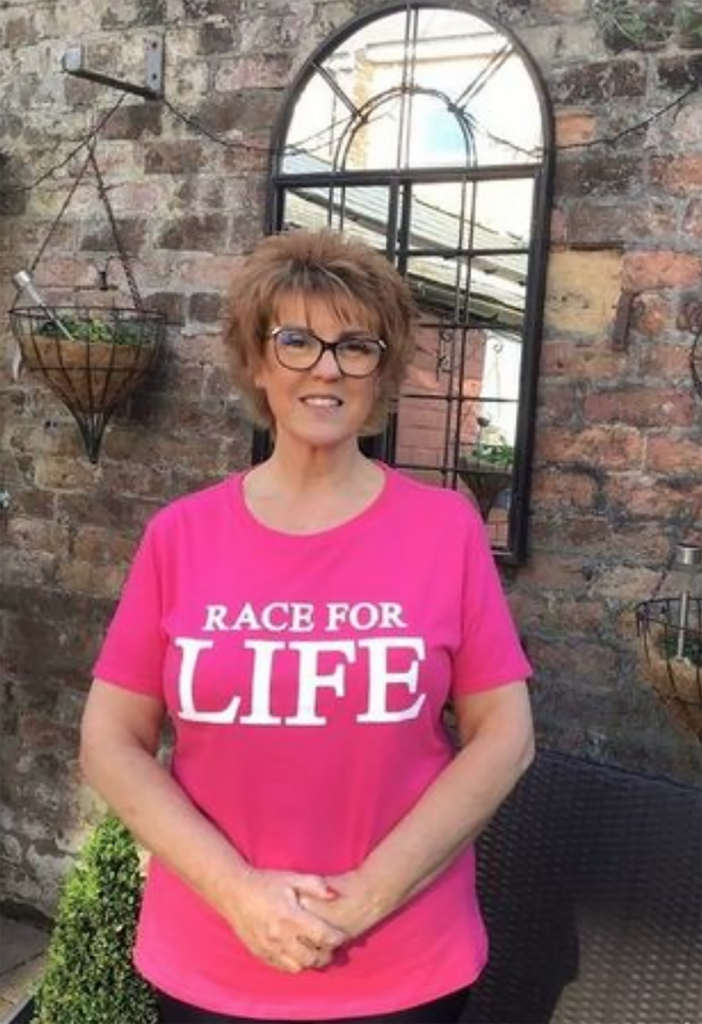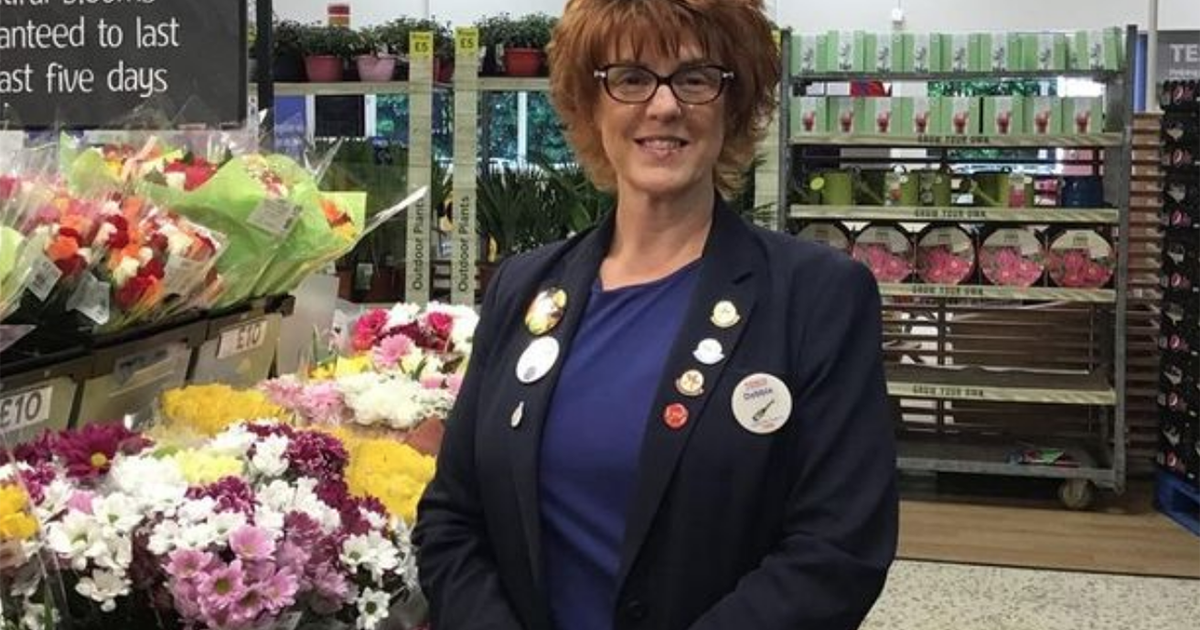Understanding Breast Cancer
- A mother of three was preparing a bath for herself when she received a phone call that would lead to her breast cancer diagnosis.
- More than 10 years later, Debbie Layfield, now 57, is sharing her story to raise awareness for the disease, as well as the importance of self-exams.
- Breast cancer is a common cancer that's been the subject of much research. Many women (like Debbie) develop breast cancer every year, but men can develop this cancer, too.
More than 10 years later, Debbie Layfield, now 57, (from Claughton, Birkenhead, Merseyside, England) is sharing her story to raise awareness for the disease, as well as the importance of self-exams.
Read More
(Ironically, the family member who sparked Debbie's self-breast exam was told that the lump she had felt in her breast was benign, or noncancerous.)
The Mirror reported that in a recording for Cancer Research UK, the world's largest independent cancer research organization, Debbie said, "My first thoughts when the doctor told me were, 'I'm not going to see my children grow up, get married or have children or their own.'"
Debbie's treatment regimen included a lumpectomy (surgery to remove cancer or other abnormal tissue from the breast), as well as chemotherapy and radiation. While it was confirmed during surgery that Debbie's cancer hadn't spread, she was told she had a very aggressive form of the disease, which is why additional drug treatment was necessary.
In 2009, Debbie finished her cancer treatment, but she went on to take tamoxifen for 10 years.
Related: What is Tamoxifen for Breast Cancer?
Tamoxifen is a selective estrogen receptor modulator, which means it works to prevent estrogen from helping cancer cells to grow. It's also used to prevent breast cancer among women who are high-risk for breast cancer because of family history, according to SurvivorNet experts.
"I hope my story will help connect with people," Debbie said.
Understanding Breast Cancer
Breast cancer is a common cancer that's been the subject of much research. Many women (like Debbie) develop breast cancer every year, but men can develop this cancer, too though it’s more rare, in part, due to the simple fact that they have less breast tissue.
There are many treatment options for people with this disease, but treatment depends greatly on the specifics of each case. (It’s important to note that the stage and type of Debbie’s breast cancer remain unknown.)
Identifying these specifics means looking into whether the cancerous cells have certain receptors. These receptors the estrogen receptor, the progesterone receptor and the HER2 receptor can help identify the unique features of the cancer and help personalize treatment.
The Unique Features of Breast Cancer: Deciding the Right Course of Treatment
"These receptors I like to imagine them like little hands on the outside of the cell they can grab hold of what we call ligands, and these ligands are essentially the hormones that may be circulating in the bloodstream that can then be pulled into this cancer cell and used as a fertilizer, as growth support for the cells," Dr. Elizabeth Comen, a medical oncologist at Memorial Sloan Kettering Cancer Center, previously told SurvivorNet.
One example of a type of ligand that can stimulate a cancer cell is the hormone estrogen, hence why an estrogen receptor-positive breast cancer will grow when stimulated by estrogen. For these cases, your doctor may offer treatment that specifically targets the estrogen receptor. But for HER2-positive breast cancers, therapies that uniquely target the HER2 receptor may be the most beneficial.
"The good news is there are so many different treatments and options available, and doctors really are attuned to trying to understand patients better, to figure out what are their individual needs," Dr. Comen said.
Learn more about SurvivorNet's rigorous medical review process.


